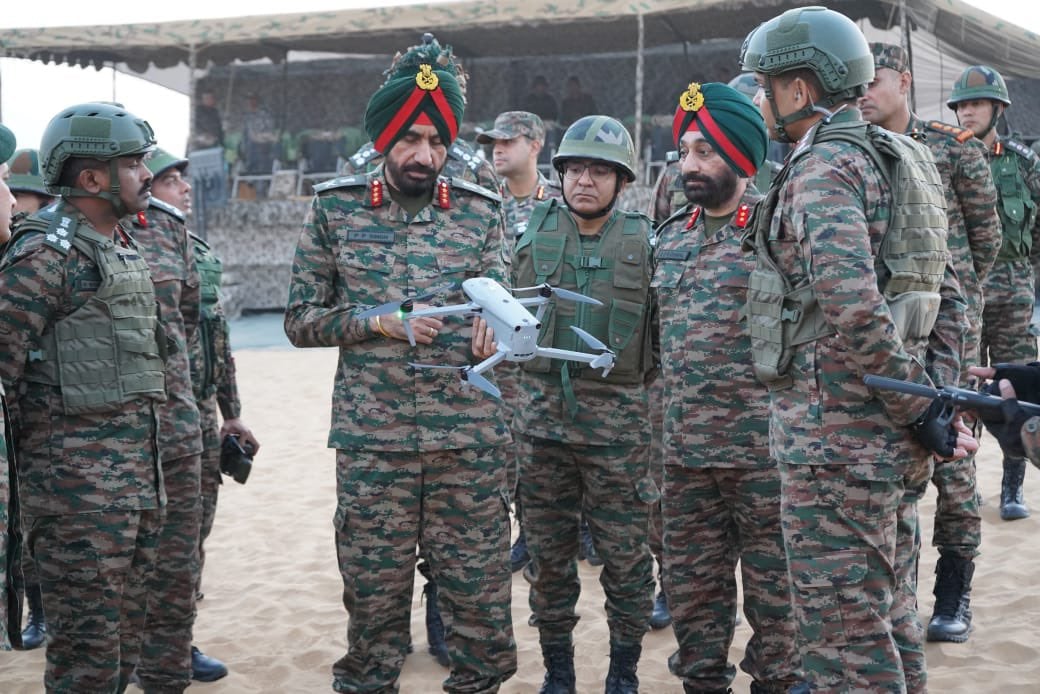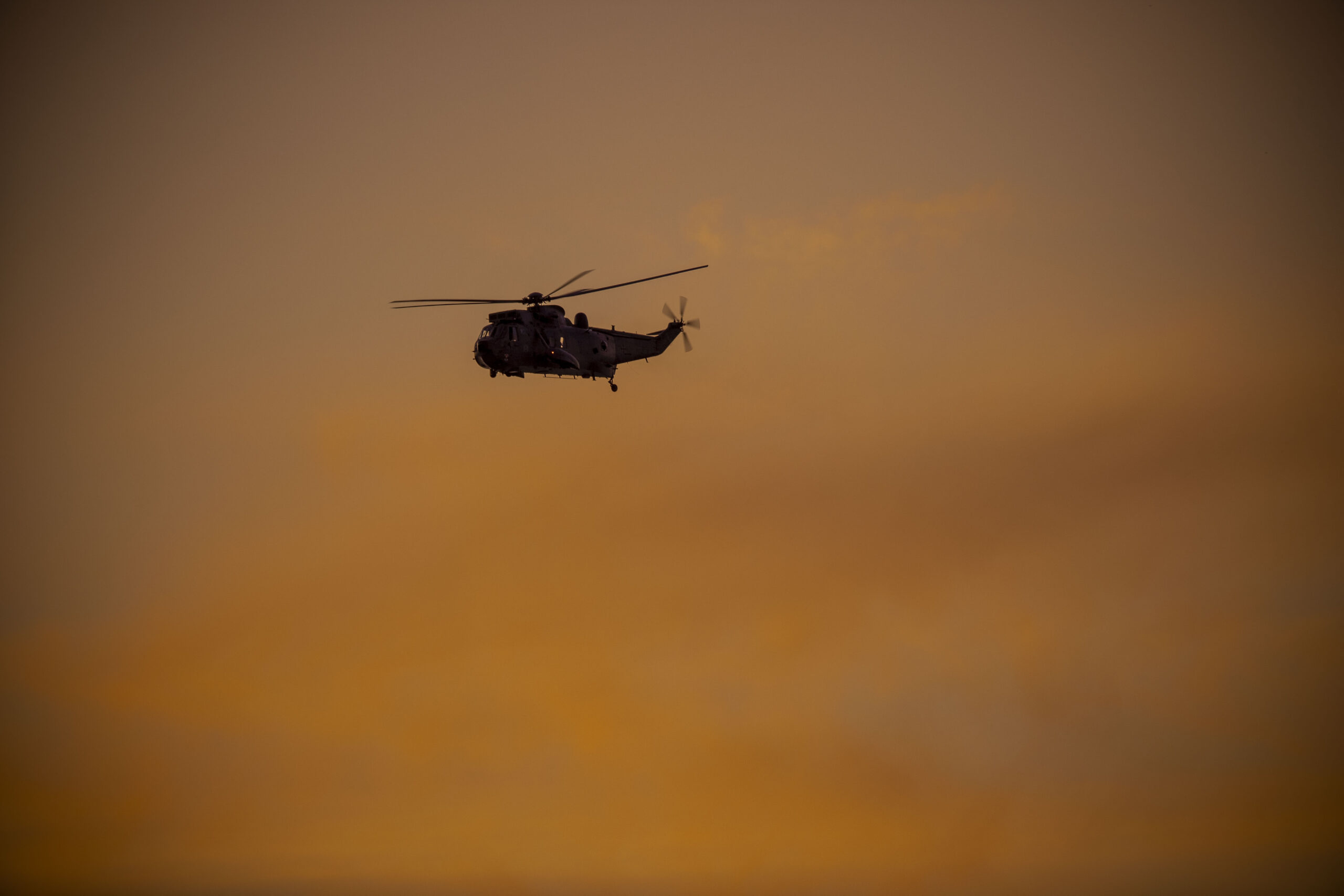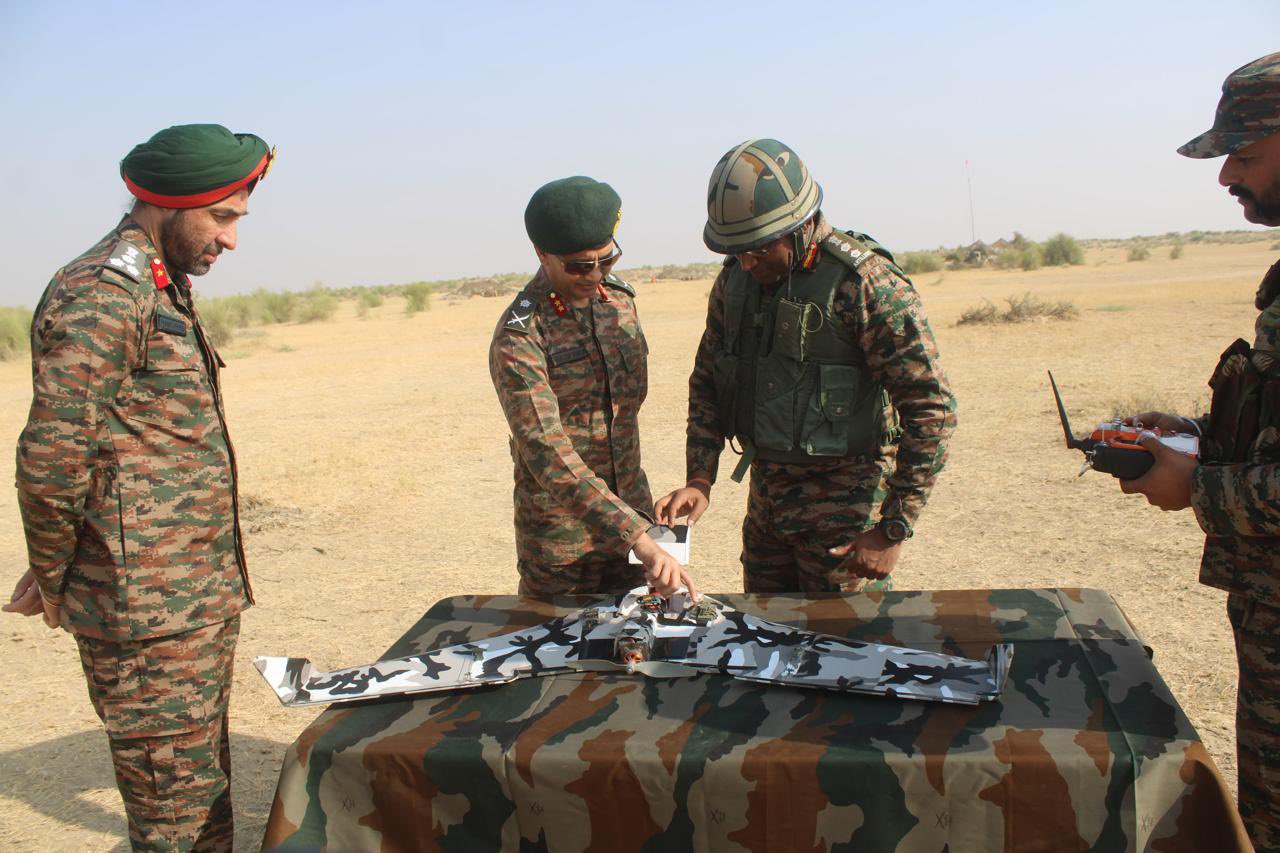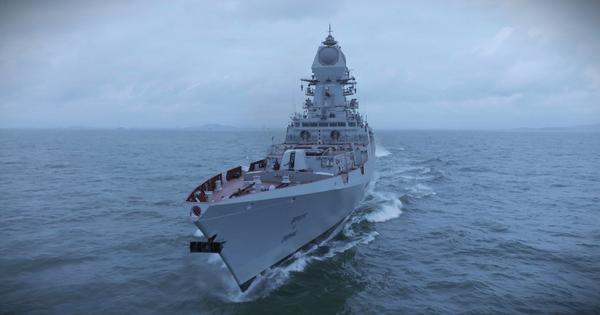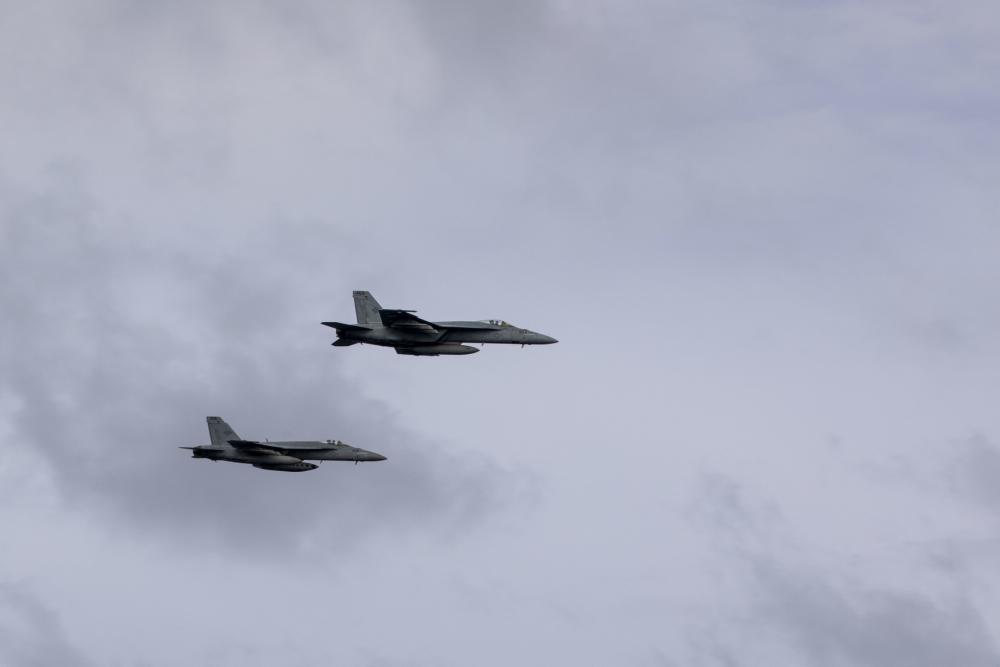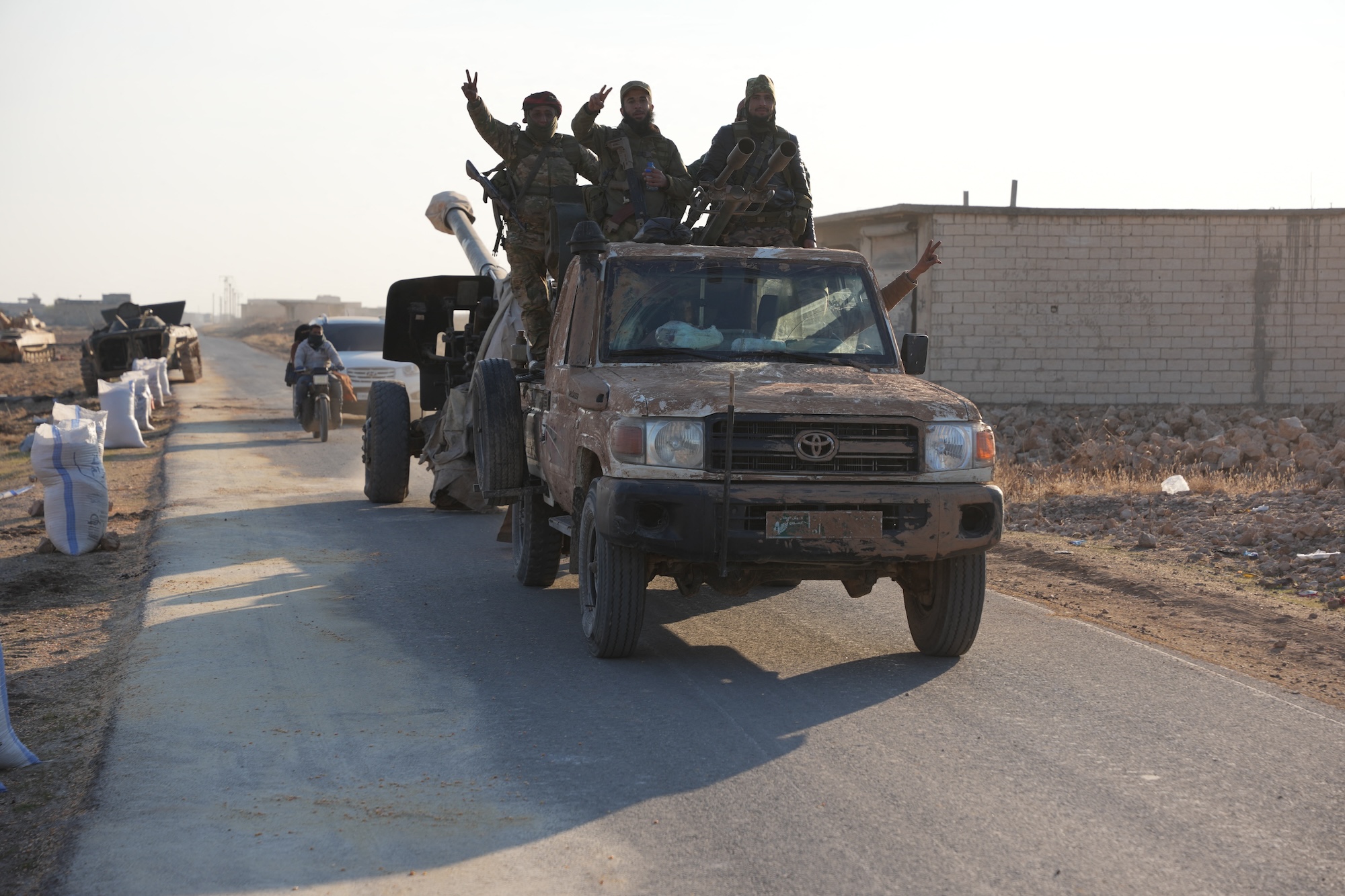Lt General Prit Pal Singh Observed Exercise Sookshm Drishti Agniprahar
Lt Gen Prit Pal Singh, AVSM, General Officer Commanding of the Sudarshan Chakra Corps, observed the outstanding execution of Exercise…
Germany’s Defense Minister Raises Alarm Over Russian Cargo Ship Firing Flares at Military Helicopter
Germany's defense minister expressed serious concerns on Thursday about an alarming incident involving a Russian cargo ship that fired a…
Bison Gunners Showcase Precision and Power in Training and Live Firing Exercises
The Bison Gunners displayed their exceptional capabilities during rigorous training and live firing exercises, demonstrating their lethality, precision, power, and…
Indian Navy Opens Recruitment for BTech Cadet Entry Scheme: Apply by December 20, 2024
The Indian Navy has officially announced the recruitment of unmarried male and female candidates for a four-year BTech degree course…
Raytheon Completes Design Review for Advanced Electronic Warfare System for US Navy’s Super Hornet Fleet
Raytheon has successfully completed a design review for its Advanced Electronic Warfare (ADVEW) system prototype, which is aimed at enhancing…
Heavy Fighting Erupts Around Hama as Syrian Government Forces Face Islamist-Led Rebels
Heavy fighting erupted around the central Syrian city of Hama on Thursday as government forces sought to repel an advance…

